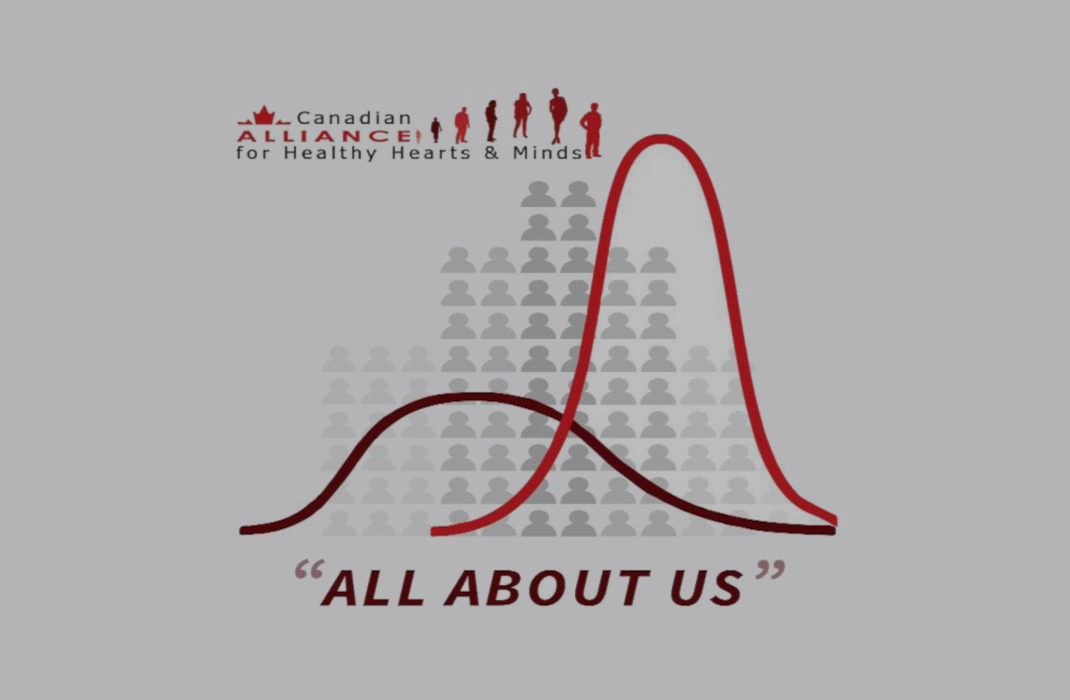First Nations
Participants

"All About Us" Workshop
Watch the highlights from the CAHHM First Nations Cohort “All About Us” Workshop (May 14th to 17th 2019). Additional information about the workshop can be found in the October 2019 “All About Us” paper published in the Canadian Journal of Cardiology.
"All About Us" Workshop

Watch the highlights from the CAHHM First Nations Cohort “All About Us” Workshop (May 14th to 17th 2019). Additional information about the workshop can be found in the October 2019 “All About Us” paper published in the Canadian Journal of Cardiology.
Participant Map
Tap each community marker to learn more about who participated in the study.
Move your cursor over each community marker to learn more about who participated in the study.
Our health & where we live
The CAHHM study has identified trends linking health and lifestyle factors like access to public transit, the variety of fresh fruits and vegetables in grocery stores, the prices of popular foods, the availability and prices of cigarettes and alcohol, and the promotion, or lack thereof, of healthy foods in restaurants.
After collecting detailed data across Canada’s 10 provinces, the study findings were published in the journal Cities and Health.
Participant
Snapshot
Click to learn more about the characteristics of each cohort
Click to learn more about the characteristics of each cohort

